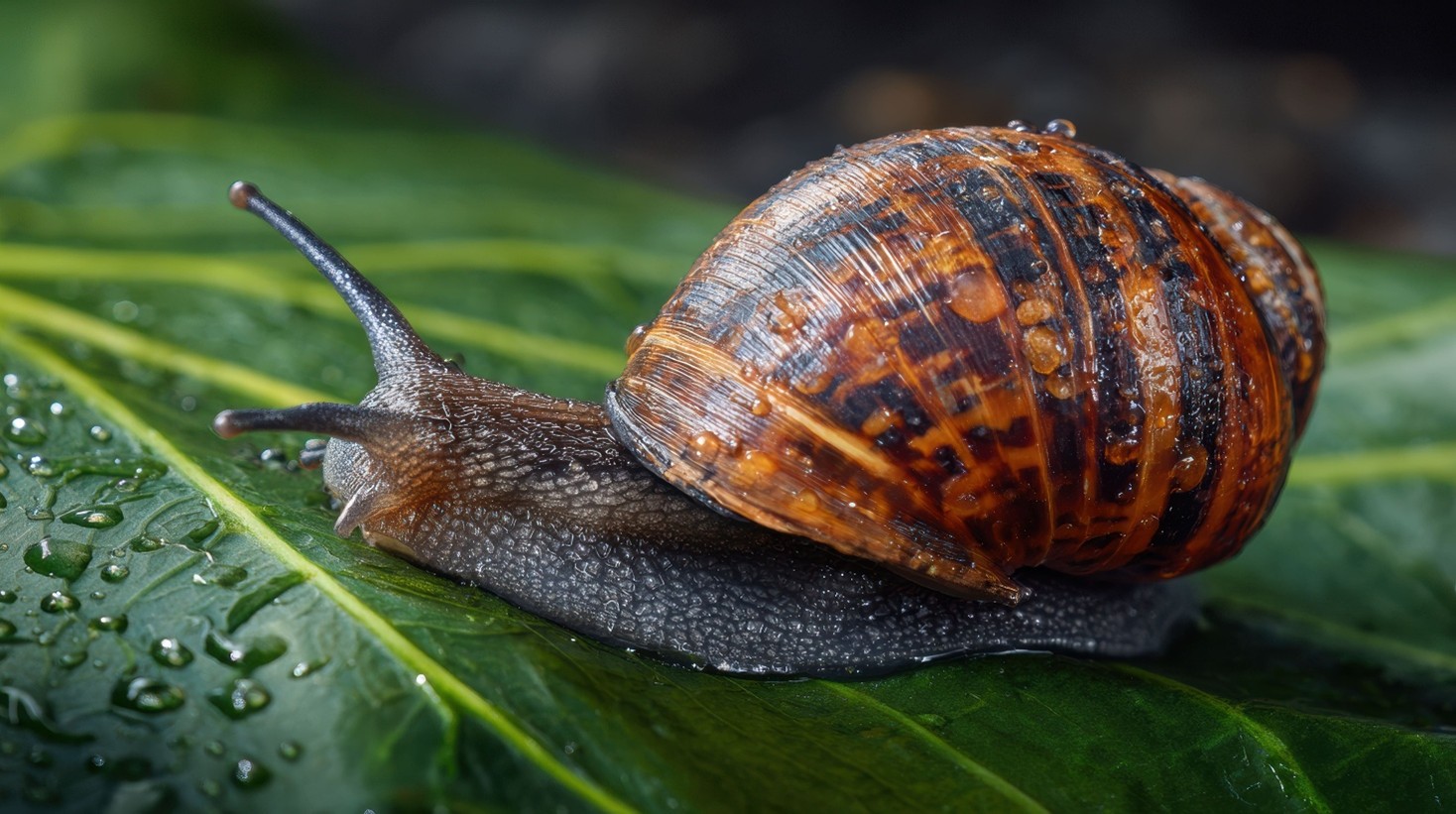
A groundbreaking study led by Dr. Michelle Steinauer, Assistant Vice President for Research and Associate Professor of Microbiology at Western University of Health Sciences College of Osteopathic Medicine of the Pacific-Northwest, which is in the process of transitioning to its new name, the Heatherington College of Osteopathic Medicine, has revealed new genetic insights that could transform the fight against schistosomiasis, a parasitic disease affecting more than 200 million people worldwide.
Published in Nature Communications under the title “Genes linked to schistosome resistance identified in a genome-wide association study of African snail vectors,” the study pinpoints two genomic regions in freshwater snails that determine whether they can resist infection by the parasite Schistosoma mansoni. The discovery provides valuable direction for new approaches aimed at breaking the transmission cycle of a disease that remains entrenched in many parts of the world despite decades of public health campaigns.
Schistosomiasis, sometimes called “snail fever,” is caused by parasitic worms transmitted through contact with freshwater sources infested with snails carrying the parasite. When people bathe, swim, or collect water in these areas, the parasite can penetrate the skin, leading to chronic infections that damage organs and impair development, especially in children.
Although drug treatments like praziquantel are widely distributed in endemic regions, reinfection is a constant problem. “Despite the large efforts to reduce or eliminate schistosomiasis in endemic areas, the disease is still flourishing,” Dr. Steinauer explained. “Control typically relies on mass administration of praziquantel to school-age children. Although this certainly improves the health of these children, for the most part, it does not help to break the transmission cycle in endemic areas.”
This persistence is due to the role of snails, which act as critical “middle hosts.” Parasites develop within the snails before being released into the water, where they can infect humans and even animals such as rodents, which further perpetuate the cycle. Because surface water in many affected communities is essential for daily life, exposure is nearly unavoidable.
To uncover new solutions, Dr. Steinauer and her collaborators turned their attention to the snails themselves. By studying Biomphalaria sudanica, a species of freshwater snail common in Africa and known for transmitting Schistosoma mansoni, the team conducted a genome-wide association study (GWAS), a method often used in human genetics to connect variations in DNA with traits like disease resistance.
Instead of examining one snail at a time, the researchers pooled the DNA of resistant versus susceptible snails, scanning the genomes for regions that differed significantly between the two groups. Their analysis revealed two critical “hot spots” in the snail genome, dubbed SudRes1 and SudRes2, that strongly correlated with resistance.
Both genomic regions contained genes with functions tied to how organisms detect and respond to invading pathogens.
These genes, by equipping snails with tools to identify and fend off parasites, may determine whether a snail becomes a carrier or remains resistant. What makes the discovery especially striking is that these resistance genes differ from those identified in South American snail species. This means that African snails have evolved unique genetic defenses, reflecting the diverse evolutionary “arms race” between parasites and their hosts.
The study also revealed that not all snail populations are the same. Genetic lineages within snail communities influence how susceptible they are to infection, suggesting that some snail groups are naturally better at resisting parasites. This insight not only improves scientific understanding of host-parasite relationships but also highlights the complexity of controlling schistosomiasis across different geographic regions.
While praziquantel remains essential for reducing disease burden, it does not eliminate the underlying transmission cycle. By identifying the genetic foundations of snail resistance, Steinauer’s research opens the door to innovative approaches that could complement existing treatments. Future strategies might include selective breeding of resistant snail populations, or even genetic interventions, to reduce the prevalence of parasite-carrying snails in endemic waters.
“Infectious diseases still account for a large toll on human populations both in terms of morbidity and mortality,” said Dr. Steinauer. “They also take a large toll on agricultural animals, reducing food supplies, and also having a large economic impact. Immune systems are complex and are the result of many years of evolutionary interactions with hosts and pathogens. To understand the complexity of immunity, it is important to look broadly throughout the tree of life to uncover the novel strategies a diversity of organisms have developed to reduce the impact of pathogens.”
Though the identification of SudRes1 and SudRes2 is a major milestone, researchers caution that further work is needed to pinpoint the exact causal genes and understand how they function in natural snail populations. The structure of snail genomes, which can include duplications and rearrangements, adds difficulty to mapping precise mechanisms of resistance. Moreover, because genetic context and environment play such important roles, deploying resistant snails widely would require careful testing to ensure success.
Still, the breakthrough underscores the potential of integrating molecular biology into global health strategies. By combining drug treatment in humans with genetic insights into snail resistance, public health experts may one day reduce reinfection rates and curb the spread of schistosomiasis more effectively.